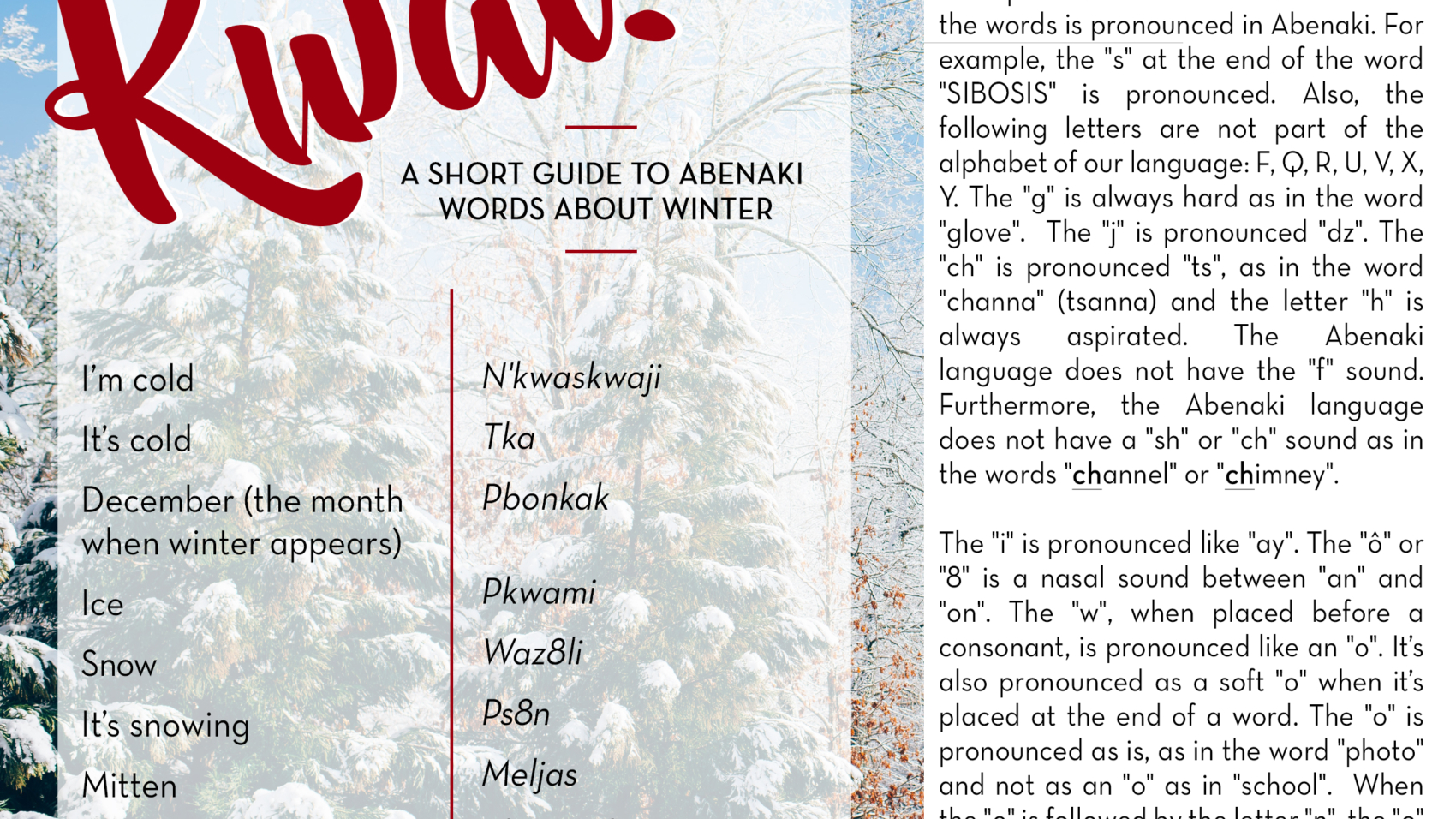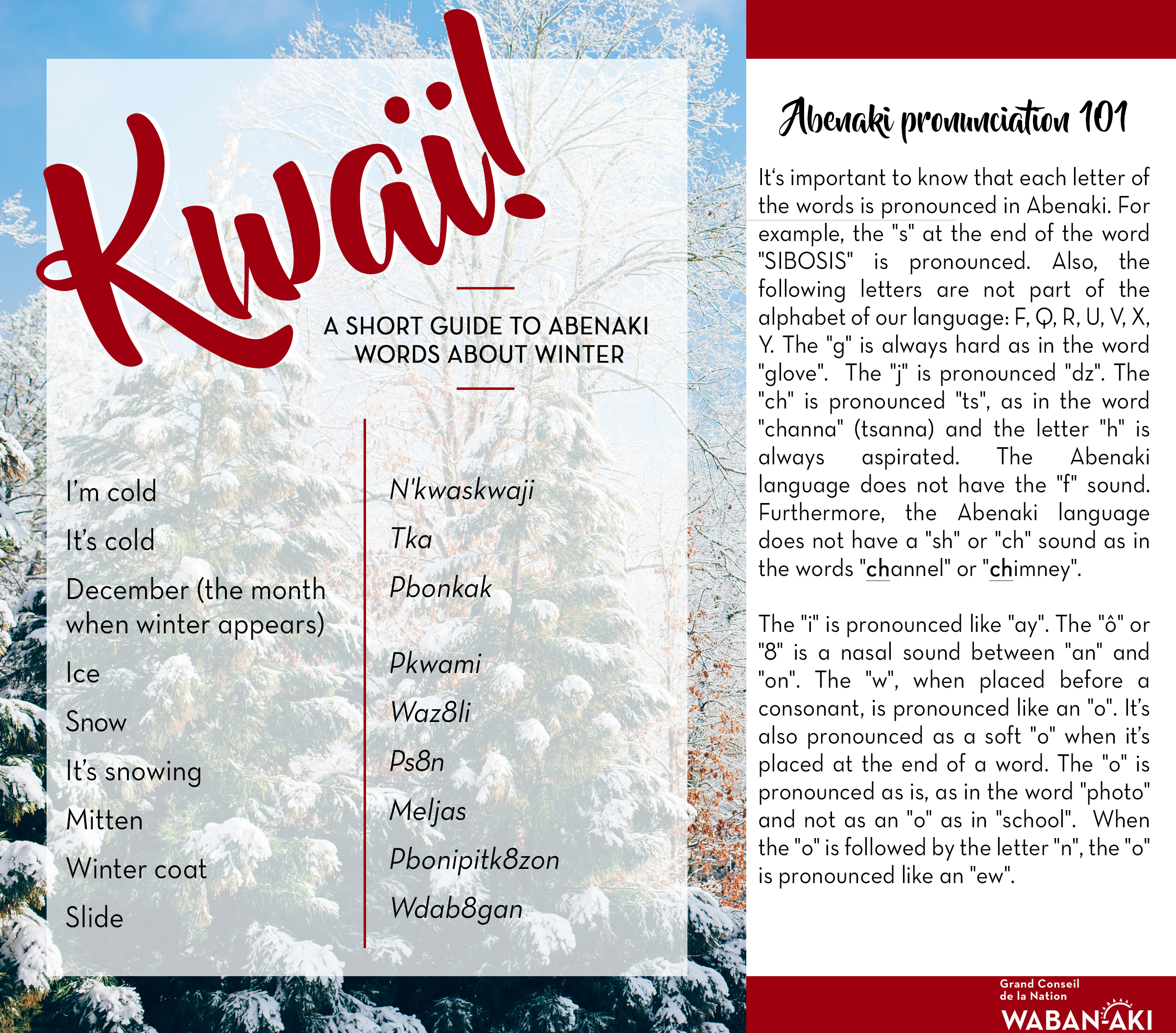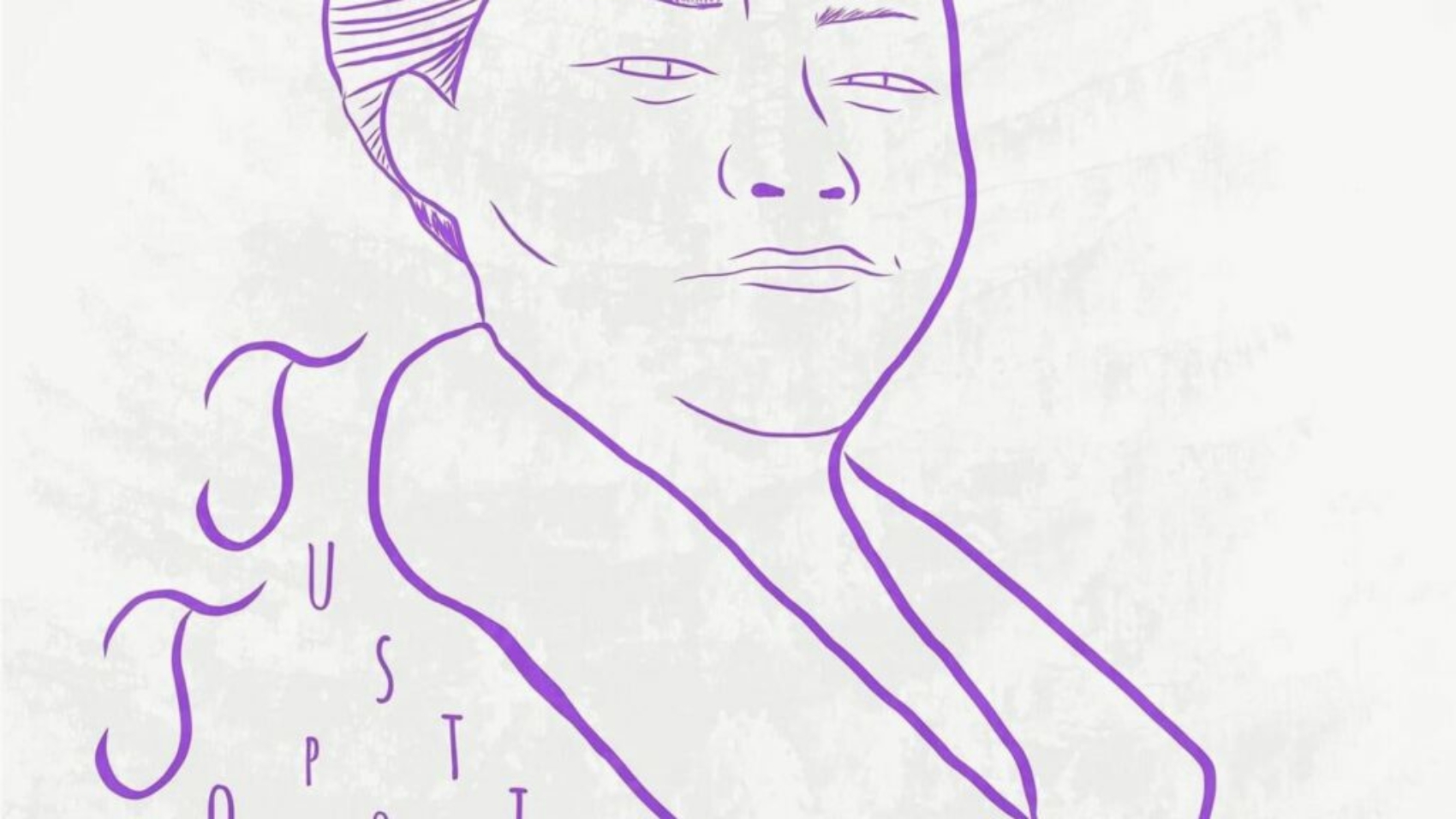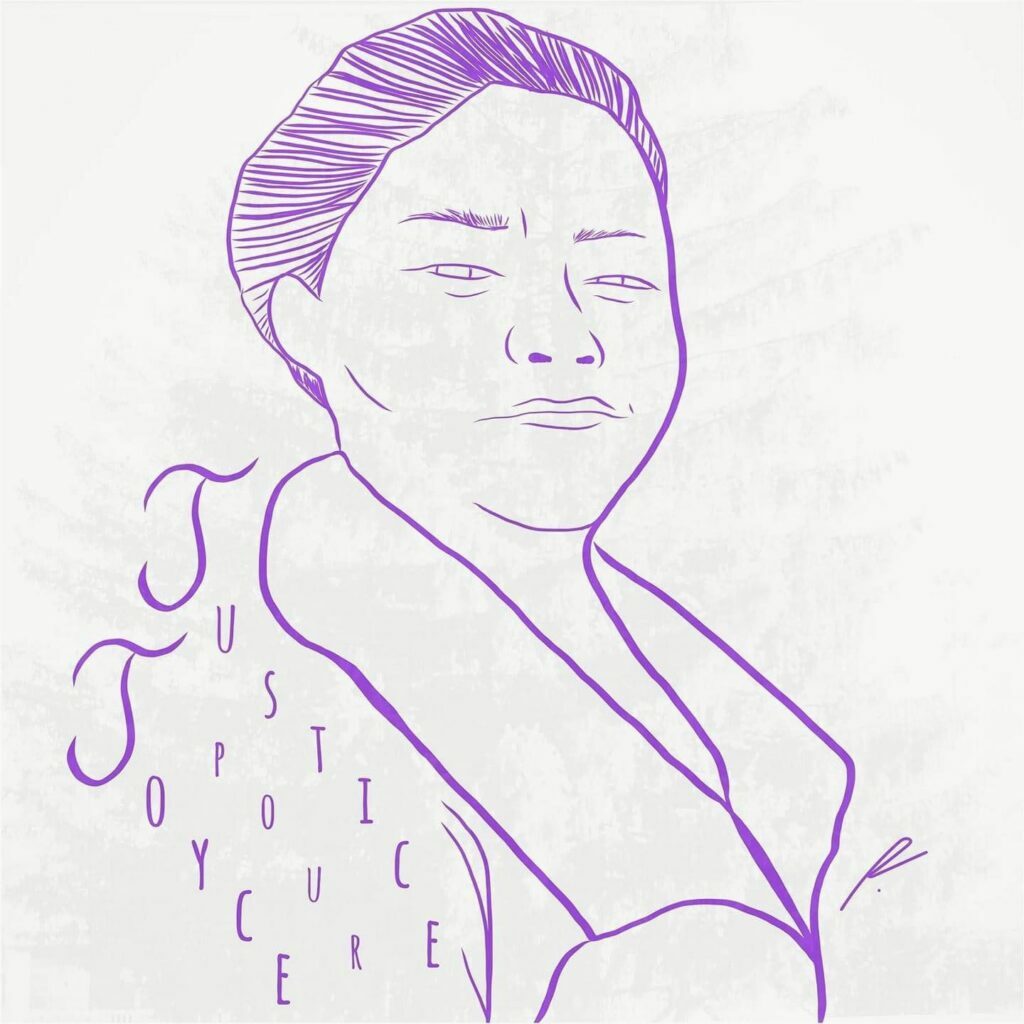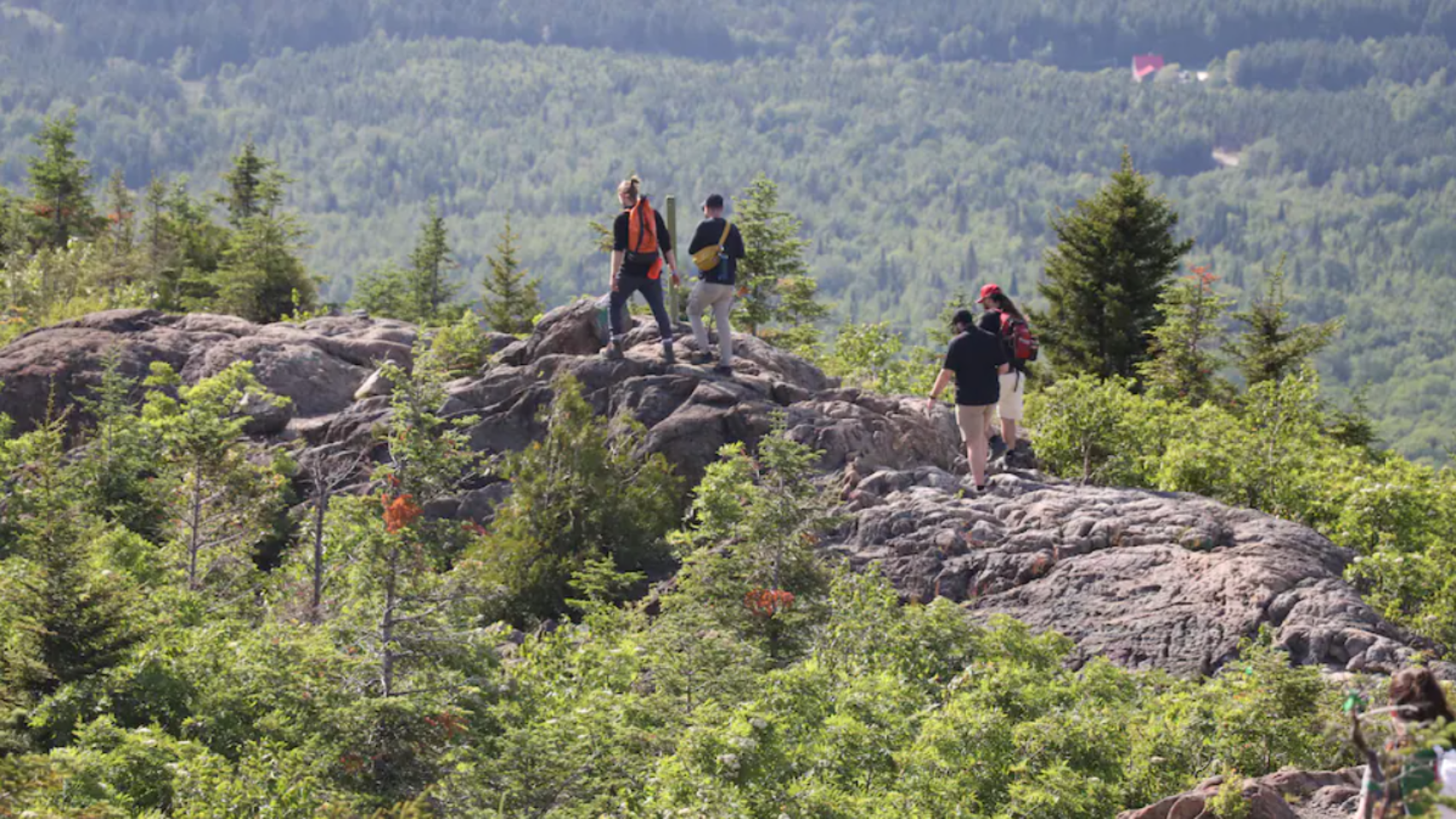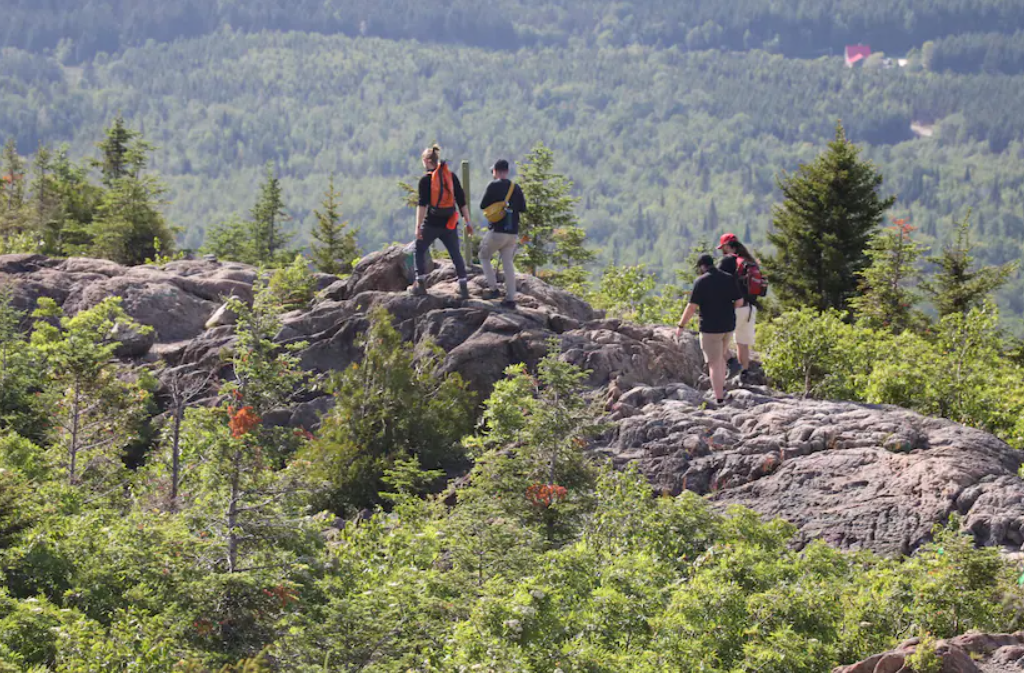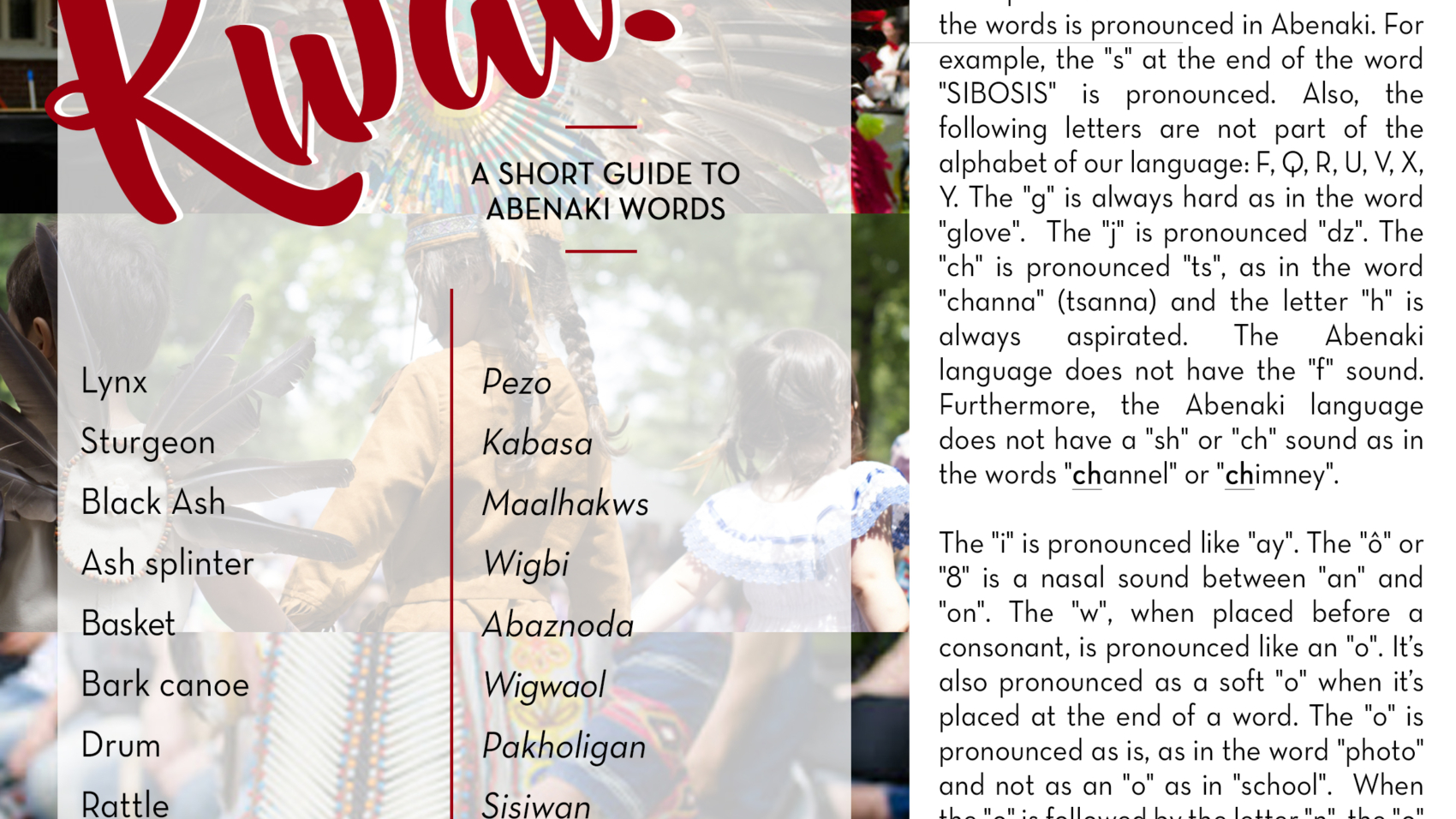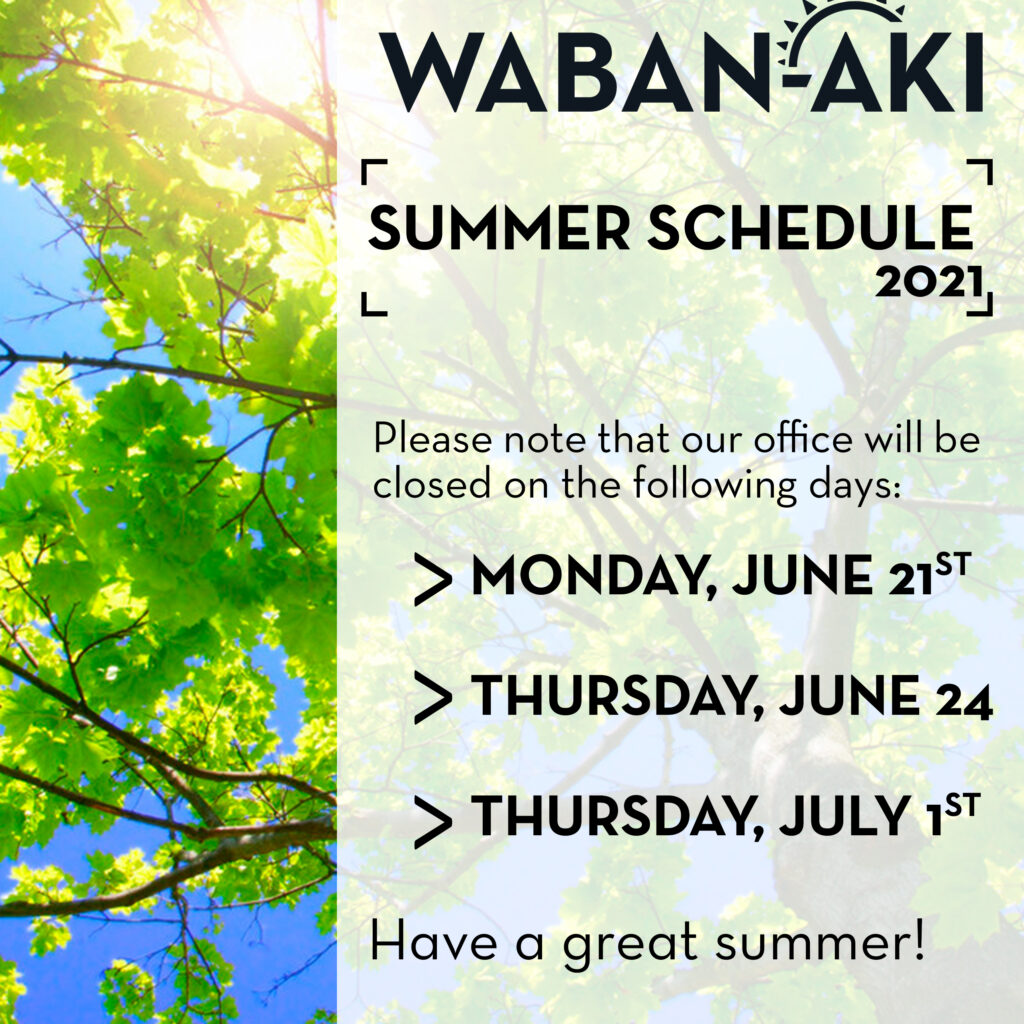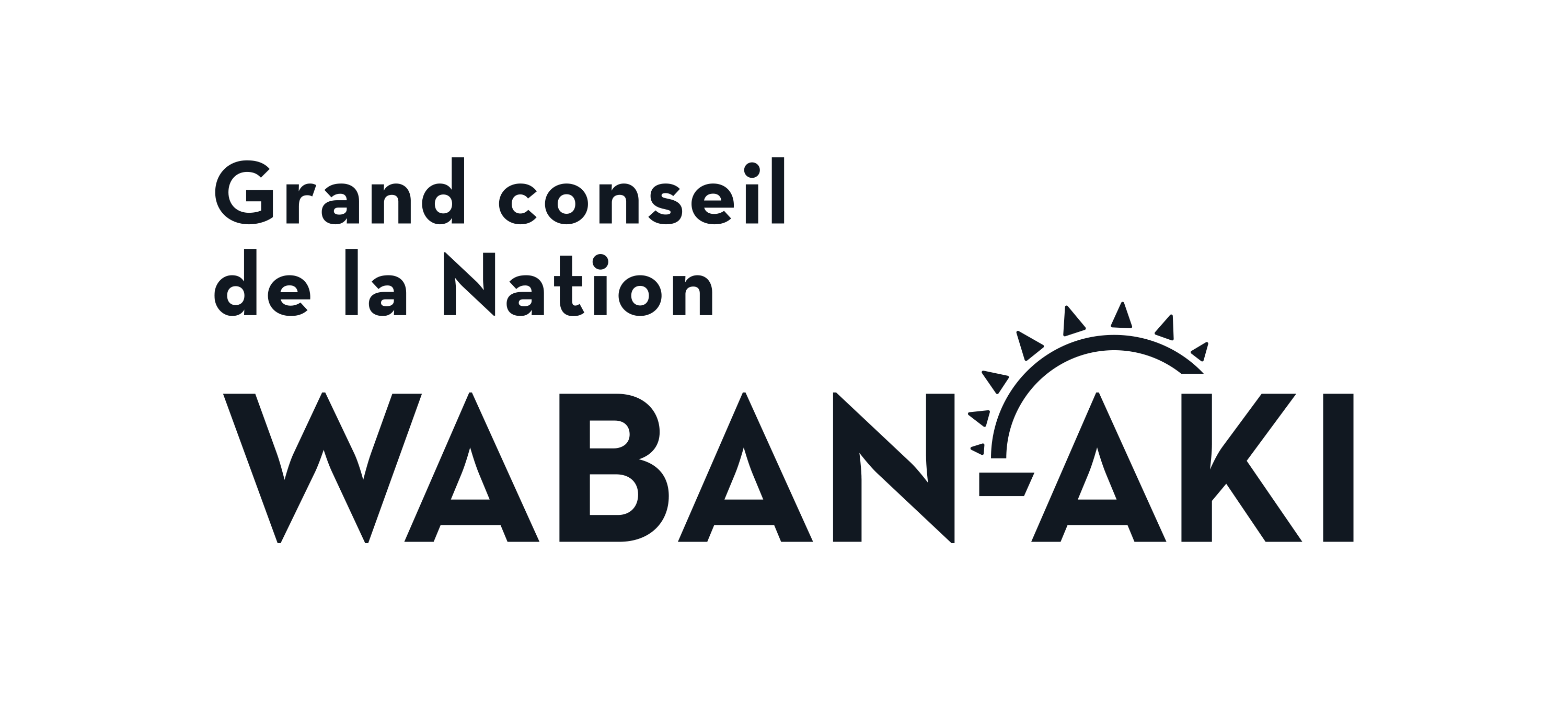Le 27 octobre dernier, une sinistre découverte a été faite sur un site archéologique estrien de grande importance pour la Nation W8banaki démontrant que ce dernier avait récemment fait l’objet de pillage à plusieurs endroits.
Lors d’une visite au site sur le campus de Bishop’s dans le cadre d’un projet de travaux de caractérisation de l’érosion des sites archéologiques et culturels situés sur Alsig8ntegw (rivière Saint-François), l’archéologue chargée du projet a constaté que le site archéologique avait fait l’objet de pillage, et ce, à plusieurs endroits.
Le site en question, dont l’Université Bishop’s est propriétaire, est un lieu culturel de grande importance pour la Nation W8banaki. Grâce aux recherches menées par le Bureau du Ndakina du Grand Conseil de la Nation Waban-Aki, en charge de représenter et appuyer les Conseils des Abénakis d’Odanak et de W8linak en matière d’affirmation, de consultations et de revendications territoriales, on constate que ce site se retrouve à même le réseau hydrographique emprunté depuis des millénaires par les W8banakiak (Abénakis) et qu’il fut témoin de la mise en terre des ancêtres et de leur mode de vie traditionnel. Ce pillage représente donc une perte d’information importante ainsi qu’un manque de respect envers les Premières Nations. D’ailleurs, le Conseil des Abénakis d’Odanak déplore ces actes. « Le peuple de la Nation W8banaki d’Odanak est grandement préoccupé par cette situation. Nous sommes choqués et découragés par ces actes offensants. À une époque où nous sommes appelés à guérir notre histoire et nos récits ancestraux, nous devons continuer à subir des violations et un manque de respect continus. Notre lien avec nos ancêtres est un élément essentiel du processus de guérison et de réconciliation de nos nations. Nous espérons que cela pourra servir à nous faire prendre conscience que nous avons encore beaucoup de travail à faire » souligne Rick O’Bomsawin, chef de la communauté d’Odanak. En ce sens, une cérémonie officielle aura lieu au courant des prochains jours afin de rendre un dernier hommage aux ancêtres jadis présents sur ce lieu culturellement important.
Comme le stipule la Loi sur le patrimoine culturel lorsqu’un tel événement survient, le service de police municipale de la Ville de Sherbrooke ainsi que le ministère de la Culture et des Communications du Québec ont été avisés de la situation afin de prévenir d’éventuels délits similaires et de faire de la sensibilisation auprès de la population. Le département de sécurité de l’Université Bishop’s se chargera également d’assurer un contrôle fréquent des lieux et l’établissement universitaire portera main forte au Bureau du Ndakina afin de réparer convenablement les dommages causés par les pilleurs.
« Ces actes de vandalisme archéologique ont été faits sans notre connaissance et sans notre consentement, » dit le Principal de l’Université Bishop’s, Michael Goldbloom.
« Auparavant l’Université Bishop’s a pris l’initiative d’assurer le bureau de Ndakina que nous n’autoriserons jamais de fouilles archéologiques sur le campus sans le consentement du peuple Abénakis. Nous travaillons en collaboration étroite avec le Bureau du Ndakina du Grand Conseil de la Nation Waban-Aki ainsi que le Gouvernement du Québec pour veiller à la préservation du site, » indique le Principal Goldbloom. « Nous espérons que cet incident déplorable nous rappelle à tous les responsabilités que nous avons envers cette terre où nous nous réunissons. »
Au Québec, les sites archéologiques sont sous la protection de la Loi sur le patrimoine culturel. Cette dernière stipule que toute intervention sur un site archéologique nécessite l’obtention d’un permis de la part du ministère de la Culture et des Communications du Québec. Il est donc formellement interdit de creuser avec l’intention de trouver des objets archéologiques (artéfacts).
La région de l’Estrie possède un riche potentiel archéologique autochtone et historique. Depuis des décennies, les sites à forts potentiels archéologique et culturel sont malheureusement visés par des activités de pillage au détecteur de métal ou à la pelle. Chacune de ces activités illicites provoque une perte d’informations tant pour la Nation W8banaki que pour les Québécois.


